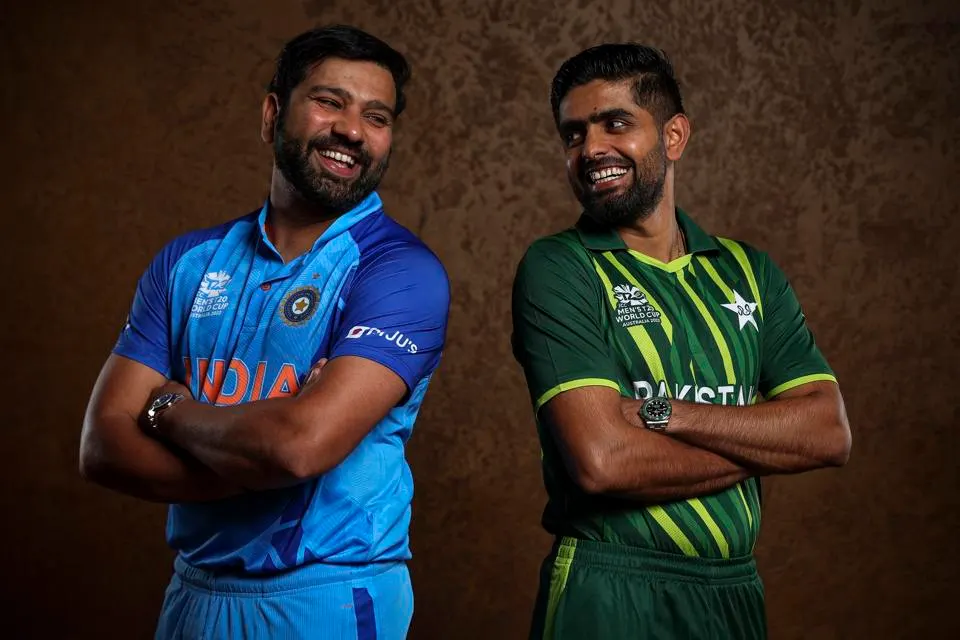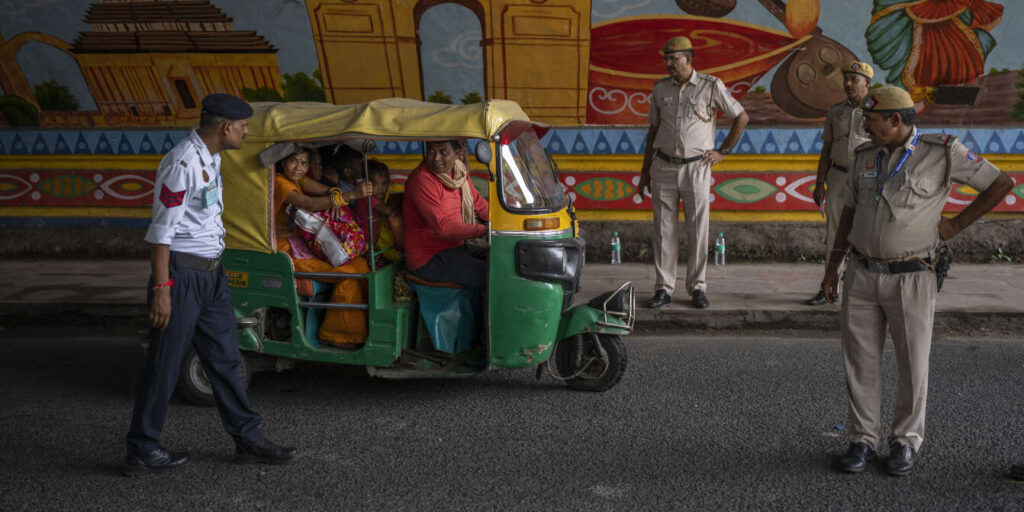India is an economic, military, cultural, and technological giant. Its economic growth is apparently unstoppable and its regional and global power is already evident. The fragility of its democracy, the inequalities that plague the country, and the complicated relations it maintains with its neighbors are some of the issues that cloud India’s future.
India, the rise of the next superpower?

Source: forbes.com
Once the jewel of the British Crown, the years have not diminished India’s immense value. Located between the Middle East, Central Asia, Southeast Asia, and China, its geographical position is truly strategic. India also occupies a fundamental position in the Indian Ocean, a key scenario in some of the most important geopolitical issues of the moment.
India has fundamental assets to continue its development: its inhabitants constitute one-sixth of the world’s population and are, in addition, English-speaking and young in a world that is aging at a rapid pace. With more reforms to reinforce economic openness on the table, everything points to a prosperous future for India. Economic predictions are also optimistic about the sustainability of this growth.
Ten years ago, Hillary Clinton referred to India as “a world power,” but there are certain issues that could stand in New Delhi’s way. The inequalities and tensions that plague the country and the toxic relations it maintains with some of its neighbors are some of the issues that cloud India’s future. Traditionally relegated to a peripheral and uninfluential status, India has the potential to become a regional and even global power.
However, global power can be realized in many ways, one of which is through sports!
India is the country with the largest number of cricket fans in the world and therefore, India as a global cricket power is a fact, and that reputation has far-reaching implications including economic and tourism issues. Even in the global gambling industry, Indian cricket dominates with the emergence of Indian-based betting applications. For info, most of them are trusted by millions of users such as KISMA app.
I remember the India-West Indies series I watched in my childhood. The year was 1983 (ugh, how old I am!) Me and some friends had a scoreboard with magnetic letters on which we would keep score while watching matches on TV. West Indies crushed us in the first test itself.
He scored 454 runs in the first innings. When India came to bat, we lost two wickets without scoring any runs. The West Indies’ fast bowlers were so monstrous that they looked like creatures from another planet compared to our gentle batsmen. India lost that match by an inning. Lost 3-0 in the Test series and 5-0 in the ODI series.
West Indies had called it a revenge series, because just a few months before this, India had defeated West Indies in the World Cup final. After that series, it felt as if we had been shown our worth again. As if our world conquest was beyond our capability and luck must have played a major role in it.
People who grew up a generation or two ago saw a similar Indian team. At that time, India won only occasionally, so those moments are still imprinted in our minds. Like Ravi Shastri getting an Audi as a gift after winning the Benson & Hedges Cup in Australia in 1985 and the team celebrating by sitting on the roof of the car. It was special because it was rare.
However, India had to face many defeats even after that. There are many such instances where the team fell apart as soon as a few wickets fell. At that time it was believed that if Kapil Dev was out after that everyone was Aayaram-Gayaram.

Source: tribuneindia.com
And now, how far we have come since those days! Look at today’s Indian team. In the current World Cup, she has reached new heights. He has not lost a single match. She is not only winning but winning comfortably. In some matches, he has crushed the opponent.
There are no more painful moments like before and at no point in the game do you feel that India will lose the match. This kind of dominance is rare for us in an international game. It is also a template for how we can dominate the world in sports as well as in industry, business, or infrastructure. As an individual, we can learn three lessons from this.
First lesson, change in mindset. From the mindset of ‘Yes, we are good and win sometimes’ to ‘We are the best and win again and again’. Often we become satisfied with our own low standards. ‘It’s okay,’ ‘Okay,’ ‘It’s not so bad’ – all these are examples of the way we compromise. But why not aim higher? Why believe that we are inferior to the world?
We may lag behind in some places, but why not aim to be better or the best? Why not build such airports, roads, and metros, which are not just functional but are excellent? Why should our manufacturing industry be compared to the Philippines and Vietnam, why can’t we manufacture better than any country in the world?

Source: english.jagran.com
Why assume that we will never be good at football, why not aim to play World Cup football in the coming twenty years? Why should we be satisfied with an average career? Setting high standards is the first step on the journey to becoming the best. If we have done it in cricket then why can’t we do it elsewhere?
In the end, I predict that India has everything to compete in global competitions, not only in sports competitions but also in other aspects, especially economic and military. Of course, provided that all elements of the nation work together to make it happen.


